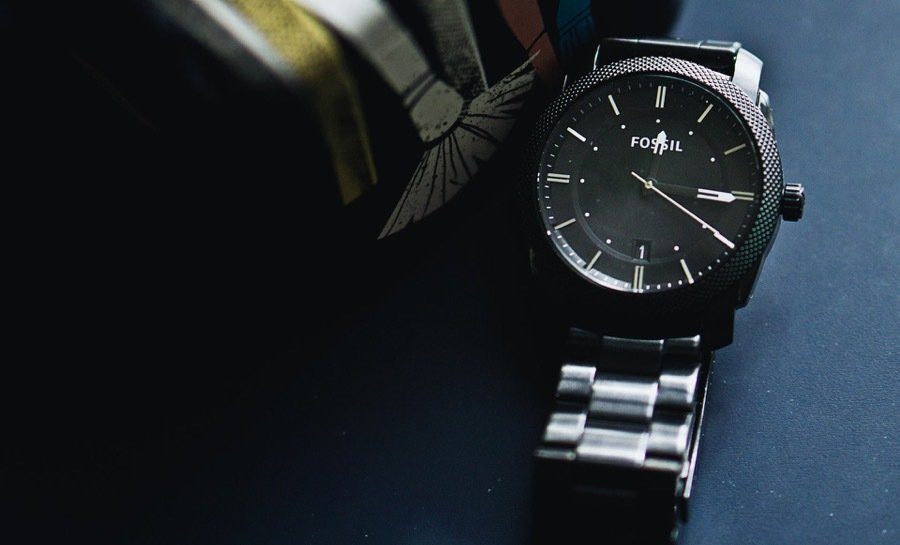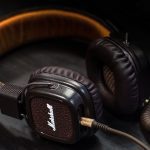If you’ve ever been one of those people, then this post is for you.
Educate Yourself About Specs to Performance Ratio
Knowing the specs is critical when picking up any new hardware. It couldn’t be truer in the case of audio gear where people often confuse what the specs truly indicate. So let’s try and understand them, one at a time.
Frequency Response
Don’t fall for false advertising with this spec in particular. The human ear can only hear between the range of 20Hz to 20,000Hz (or 20KHz). Anything higher or lower than these values is inaudible to us, so don’t be impressed with any earphones that have values as low as 5Hz or high as 25KHz. A wide Simple Frequency Response does show value, however doesn’t guarantee a great sounding driver. Standard earphones with a 20Hz-20KHz range do have a full sound range, however, you are not hearing any actual bass or tweeter responses. Think of a 1-way speaker with no tweeter or sub-woofer compared to a 3-way speaker with tweeter, mid-range, and sub-woofer. The low and high-end responses are now filled in, you get a good bass response and a crisp tweeter-like response in the air.
Impedance
This particular spec has been the cause of much debate and confusion. Impedance is resistance, and like water through a pipe, this is power through a wire. Lower impedance drivers simply draw more power from audio devices. All audio devices have limits to how low or high you can go with impedance, MP3 player earphones range between 64-16ohms with a few exceptions. The difference in ohms can make a large difference in power. For example, if the 64ohm earphone takes 30mW, the 32ohm earphone would draw around 50mW and a 16ohm earphone would draw around 80mW. Anything below 100 dB is difficult to get loud, and the highest that you will see on most headphones is 120dB. The difference between a 110dB headphone and a 120dB headphone is quite large, so do be aware of this.
Sensitivity (dB)
Sensitivity equates to the efficiency of the power that earphone drivers utilize. A 95 to 102 dB (decibel) driver efficiently uses only about 4-10% of the power received, the remaining power is lost in generating heat. Although sensitivity is rated in decibels (dB), the sensitivity rating has nothing to do with the unit’s peak volume or sound quality. Most of us think of a sound level chart when thinking of decibels, but for sensitivity rating it is solely an efficiency test. Helpful Tip: Take a look at this helpful cheat sheet to know voltage requirements for various headphones.
Know Your Own Equipment
If you’ve understood our explanation on impedance above, you will have understood that it is similar to power handling. Knowing the audio device’s power output is just as important here. Most MP3 players (including iPods) have around 40mW-55mW’s headphone output while hooked to a 32ohm earphone. The same equation will change drastically while connected to laptops and other computing devices. For home and car audio, amps work differently – for example by going from a 8ohm driver to a 4ohm driver would double the amp’s power output or at least pull up to the amp’s capacitor capacity. However, MP3 players are actually a flat power like most headphone jacks and have no built-in amplifier. This makes our volume control more like impedance control and we are simply extending the peak volume. Thus, be very aware of your own equipment on which you want to enjoy plugging in your new headphones/earphones.
Buy 3rd Party Foam Eartips
This is, by no means, a necessary step. But if you do have that extra cash and you want to stick to your existing gear instead of upgrading to newer (more expensive) earphones, then these are a great option. Recently, I tried the foam eartips from Comply, and they are pretty neat. All you have to do is replace your current earphone tips with these and start using them. They fit in every kind of ear and the advantage with these is that they create a nice comfy fit that ensures there is no sound leak. The company also claims that these can keep music and speech clear without muffling the sound while isolating external noise from affecting your listening experience. I have found these claims to be true and even though it’s not 100% effective in isolating external noise, it sure gets pretty close. The comfort is especially good and the memory foam material used adjusts itself in your ear once you put these on for your listening sessions. These can range from $8-$25 and if you want to look at something cheaper (or different) then you can also try out the premium silicone eartips, like the ones from Westone Audio.
Invest in DACs or Amps
Again, something that only serious enthusiasts should get into. But if you are one, continue reading.
What Is a DAC/Amp?
When you play any sounds out of your computer, phone, or MP3 player, they are pure digital signals in the form of zeroes and ones. In order for headphones to listen to that signal, they need a device to convert it into analog. This is a Digital-to-Analog Converter, or a DAC. A DAC by itself, however, won’t output the signal with enough strength. This is where the amplifier comes in. It amplifies the analog signal from the DAC to a level where it can be audible through the headphones. All sound cards, for example, typically combine the DAC, amp, and recording parts into a single unit. DAC standalone units have the DAC, but require an amp if they want to be used with headphones. Amp standalone units will only take a signal from a DAC or output from another amp and amplify it.
Should I Get a Standalone Amp?
Aftermarket amps are typically needed in one of three situations: If you fall under any of these three cases, you should consider buying an amp for your headphones. Typical mobile devices will have about 0.6V of output. Computers typically have about 1V of output, but this varies wildly. Budget portable amps have an output around 1.2 – 1.9V. Amps on the level of the $99 Schiit Magni [6.2V into 32 ohms] or $150 O2 [7.3V into 600 ohms] will power anything short of the extremely power hungry headphones (Hifiman HE-6 or AKG K1000) to reasonable volume for almost anybody. Helpful Tip: Learn howto boost the audio in Windows above max.
High Fidelity is Expensive
Much like enthusiast photography, being a serious audiophile is an expensive hobby. Dive into it knowing fully well what you’re getting yourself into. This is only a guide to get you started or to dispel any myths you might have had. If anything, we want everyone to be clear on the fact that better specs don’t always mean a better listening experience. But knowing what these specs mean, you can take a more knowledgeable approach to investing in any audio equipment. Let us know if you have any more helpful tips that we can perhaps include in a future post. The above article may contain affiliate links which help support Guiding Tech. However, it does not affect our editorial integrity. The content remains unbiased and authentic.














